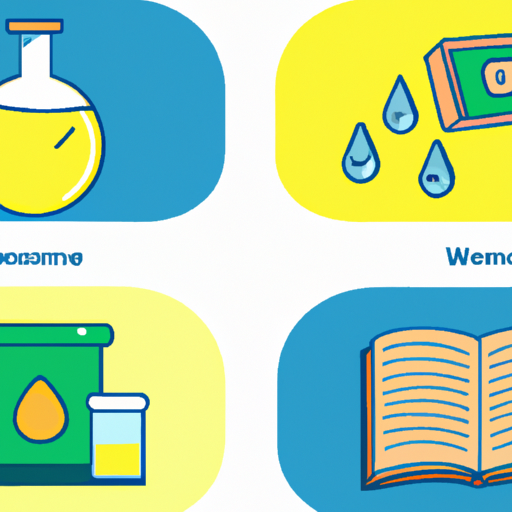Title: The Mainstream Illumination Production Process: Shedding Light on the Art of Illumination

Historical Background (200 words) The origins of illumination can be traced back to ancient civilizations such as Egypt, Greece, and Rome. However, it was during the medieval period that illumination flourished, particularly in monastic scriptoria. Monks meticulously crafted illuminated manuscripts, which were often religious texts, using techniques passed down through generations.
Materials and Tools (200 words) The production of illuminated manuscripts requires a range of materials and tools. Parchment, made from animal skin, was the primary material used for the pages. Scribes would prepare the parchment by scraping, stretching, and smoothing it before applying the illuminations. Pigments, derived from minerals, plants, and insects, were mixed with binders such as egg yolk or gum arabic to create vibrant colors. Brushes made from animal hair, quills, or reeds were used to apply the pigments.
Design and Layout (200 words) Before beginning the illumination process, a detailed plan was created. The scribe would carefully sketch the design, taking into account the text layout and the desired placement of illustrations. The design would often include decorative borders, initials, and miniature illustrations. The use of gold leaf, applied with adhesive, was a common feature in illuminations, adding a touch of opulence and grandeur.
Techniques (300 words) The illumination process involved several techniques, each requiring precision and skill. One of the most prominent techniques was miniature painting, where artists would create intricate illustrations on a small scale. This required a steady hand and meticulous attention to detail. Other techniques included gilding, where gold leaf was applied to the manuscript, and calligraphy, where skilled scribes would write the text using various scripts and styles.
Illumination Process (300 words) The illumination process began with the scribe preparing the parchment and ruling the lines for the text. Once the text was written, the illuminator would carefully plan the layout and design of the illuminations. The artist would then apply the pigments, starting with the base colors and gradually building up layers to create depth and texture. Gold leaf was often applied last, adding a touch of brilliance to the illuminations.
Challenges and Innovations (200 words) The production of illuminated manuscripts was a labor-intensive process, often taking months or even years to complete. The intricate designs and delicate details required immense skill and patience. However, advancements in technology, such as the invention of the printing press, led to a decline in the demand for illuminated manuscripts.
Revival and Contemporary Illumination (200 words) Despite the decline, the art of illumination has experienced a revival in recent years. Many artists and calligraphers have embraced this ancient art form, incorporating it into their contemporary works. Today, illuminated manuscripts are not limited to religious texts but also include poetry, literature, and personal projects.
Conclusion (100 words) The mainstream illumination production process is a testament to the dedication and craftsmanship of artists throughout history. From the meticulous preparation of materials to the intricate application of pigments and gold leaf, each step in the process requires skill and precision. While the demand for illuminated manuscripts has changed over time, the art of illumination continues to captivate and inspire, reminding us of the beauty and intricacy that can be achieved through the marriage of art and literature.